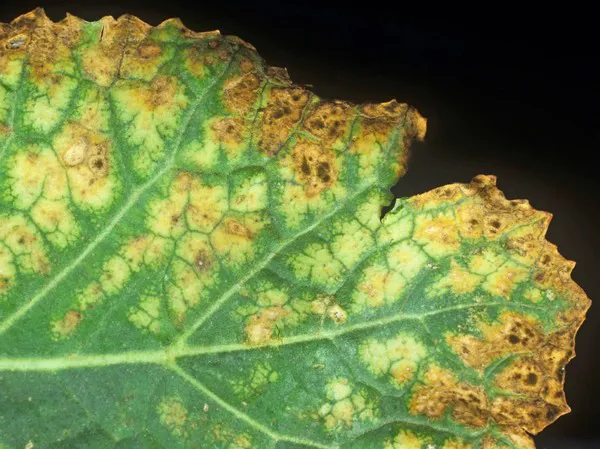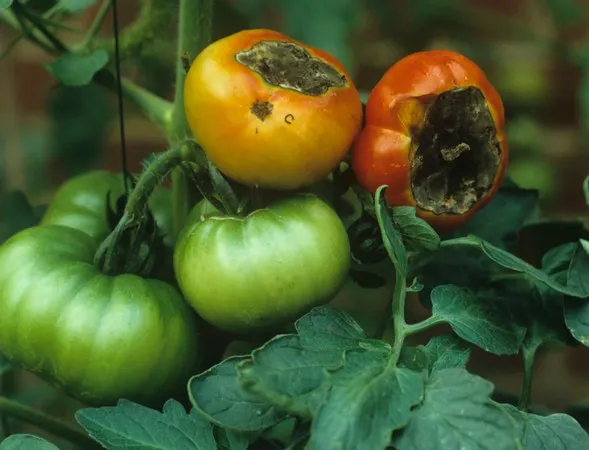Despite being considered secondary elements, magnesium and calcium are just as important for plant nutrition as any other. Identifying the effects of nutrient deficiencies caused by a shortage of calcium and magnesium will help growers mitigate crop damage.
As plant nutrients, Magnesium and Calcium power major plant functions such as growth or chlorophyll formation. For this reason, a Magnesium deficiency or lack of calcium can induce inhibited plant growth and poor yield. Given the importance of both nutrients, growers must stay alert when seeing some worrying signs on their crops.

Severe symptoms of magnesium deficiency on the edge of an Oilseed Rape leaf
Symptoms of Magnesium deficiency in crops
Magnesium, as a component of the chlorophyll molecule, is actively involved in photosynthesis. Mg plays a vital role in activating several enzymatic reactions. Also, it enhances the movement of sugar, stimulates early growth, and maintains development. Last but not least, it minimizes bunch stem necrosis. Magnesium deficiency tends to occur in soils receiving high amounts of potassium fertilizer or calcium. Growers can identify magnesium shortage if this symptom appears:
Leaves necrosis
Since Mg is a mobile element in the plant, these signs especially appear in the lower leaves of the plant. Although Magnesium deficiency may not directly affect the fruit, it can definitely impact yield due to plant stress.

Blossom End Rot on Tomatoes, a calcium deficiency symptom
Symptoms of Calcium deficiency in crops
Calcium is an essential nutrient with a big role in plant growth. This nutrient boosts leaf and bud growth, improves fruit quality, and enhances wood maturity, which brings winter hardiness. Plants suffering from calcium deficiency show one of the following signs:
Necrosis at the leaf base
- Poor fruit quality (bitter pit, blossom end-rot)
In contrast to Magnesium, Calcium shortage starts on the younger leaves. Common visual signs are dark plant veins and smaller-than-usual and misshaped leaves with chlorotic spots.
Besides the water-soluble NPK solutions and Straights, Van Iperen recommends FoliaStim Calcium SC, a true-innovative foliar solution to treat plant calcium deficiency. The biostimulant is the first of its kind to combine highly concentrated and bioactive seaweed (15%) with calcium at such a high level. Perfect time to use? During the early fruit growth stage.
All information in this article complements the first part of the series about nutrient deficiency in plants dedicated to Nitrogen, Phosphorus, and Potassium.
For more information: Van Iperen
Van Iperen
www.vaniperen.com
